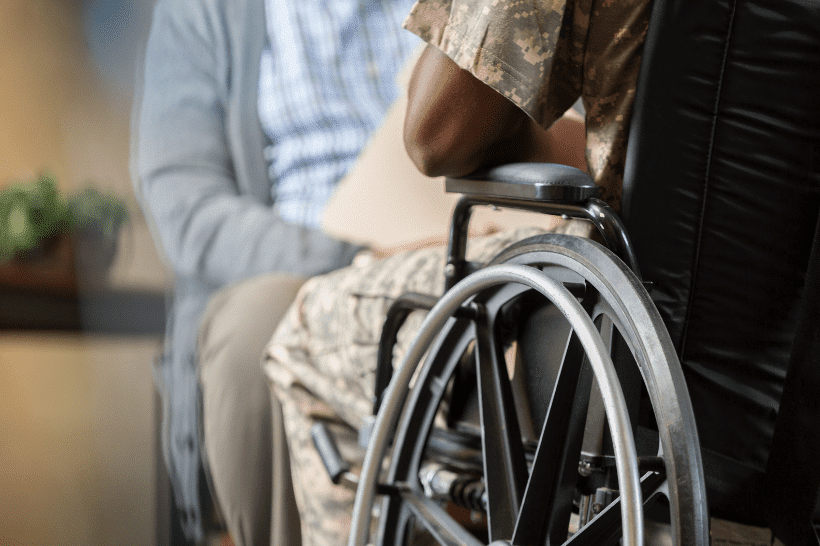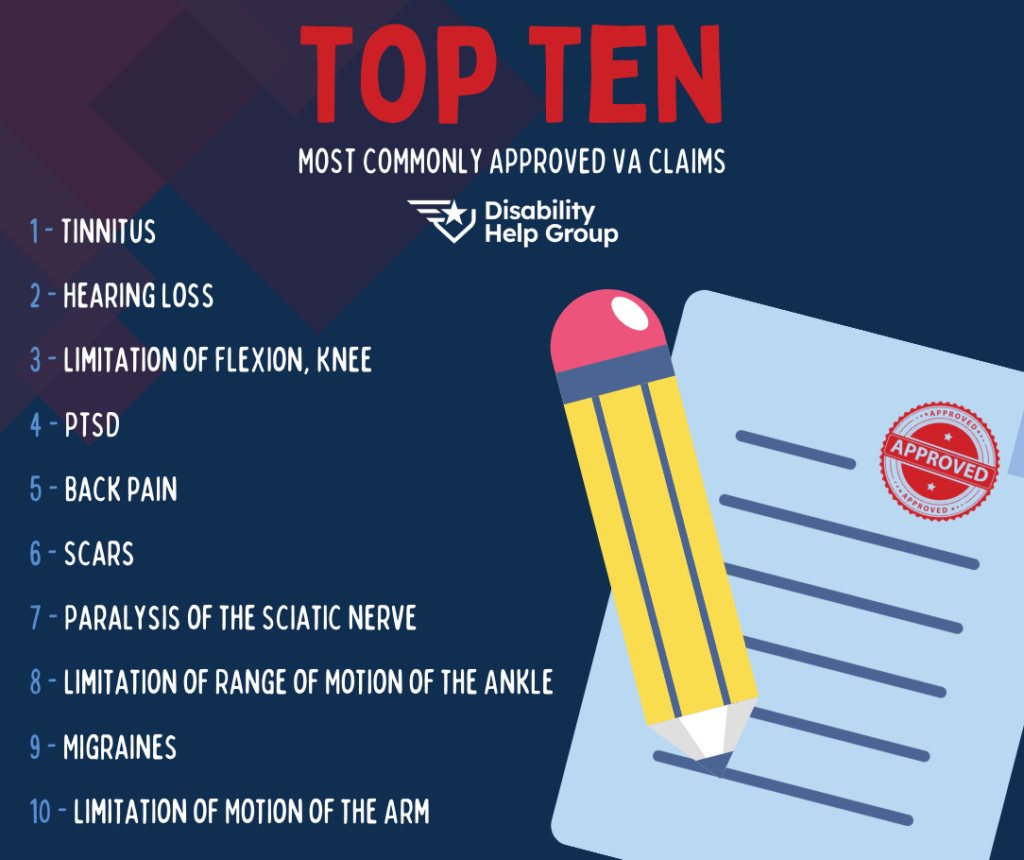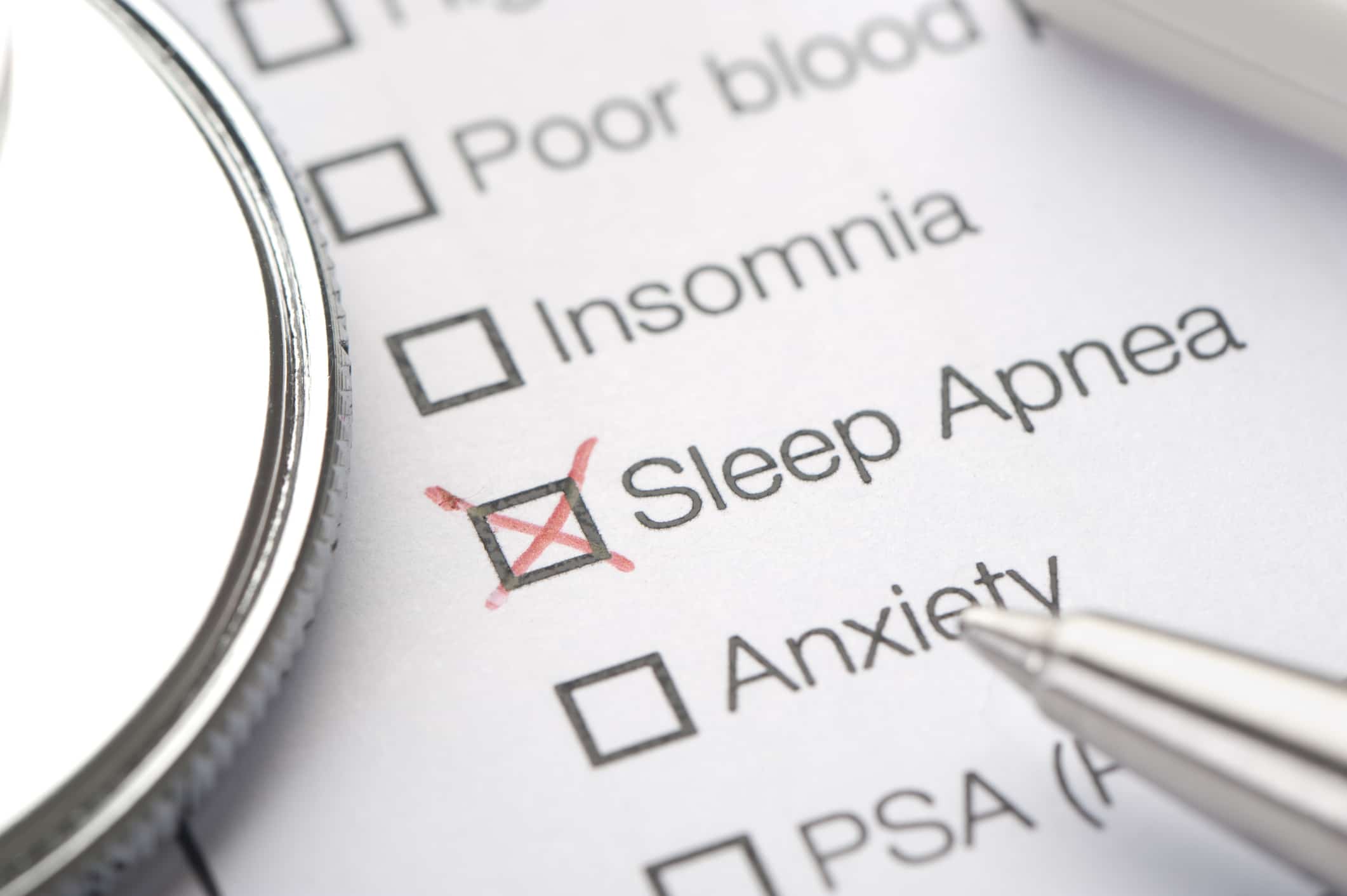
How To Increase Your VA Disability Rating
How To Increase Your VA Disability Rating From 70% To 100%
If you currently have a 70% VA disability rating, you may already understand how VA ratings work.
A 100% VA disability rating is the maximum allowed by law and with some diligent work and, the help of a disability advocate the road to a 100% rating is accomplishable.
Single Disability Rated at 70%
If your 70% VA disability rating is for a single disability and you’re looking to raise it to 100%, your first step is to find the ratings criteria for that single disability you are rated for.
The Schedule of Ratings contains the ratings criteria for all disabilities in various categories. Each category contains groups of medical problems, each group contains a list of disabilities, and each disability has its own diagnostic code.
Every diagnostic code specifies the symptoms required for various ratings. For example, the 9411 code applies to post-traumatic stress disorder (PTSD). VA rates PTSD –along with many other mental health conditions – under the General Rating Formula for Mental Disorders. Depending on the symptoms, a veteran may receive either 0%, 10%, 30%, 50%, 70% or 100%.
Develop Medical Evidence to Increase Your VA Disability Rating
You must develop the evidence to match the criteria for a 100% rating. The rating criteria lays out what it takes to get a higher rating.
For example, let’s say you have a 70% rating for PTSD. According to the Schedule, the only PTSD rating higher than 70% is 100%. A 100% rating for PTSD is warranted when the veteran is totally impaired both occupationally and socially.
One or more of the following symptoms would yield a 100% VA disability rating:
- Gross impairment in thought processes or
communication - Persistent delusions or hallucinations; grossly
inappropriate behavior - Persistent danger of hurting self or others
- Intermittent inability to perform activities of
daily living (including maintenance of minimal personal hygiene) - Disorientation to time or place
- Memory loss for names of close relatives’ own
occupation, or own name.

The Best Evidence To Increase Your Rating From 70% To 100%
To increase your VA disability Rating from 70% to 100% it is vital that you provide medical records to the VA that show your symptoms.
Not all doctors will provide records to show your symptoms. Fortunately, the VA provides rating tools such as Disability Benefits Questionnaires (DBQs) on their website. Doctors can check boxes off that apply to your symptoms and submit this form to the VA.
The DBQ forms apply to every kind of disability. For example, the VA provides a DBQ for PTSD that simplifies rating decisions. If the symptoms noted in a DBQ satisfy the criteria for a higher rating, then VA will likely grant that rating.
70% Combined Rating with Multiple Disabilities
If you have a 70% overall rating for a combination of conditions, then getting to 100% is much tougher. This is mostly because of the VA Combined Ratings table.
VA Combined Ratings Table
The VA Combined Ratings table provides that, after individual conditions are separately rated, the disabilities are then all combined using a specific formula. See 38 C.F.R. § 4.25(b). VA first considers the most disabling condition – that is, the one with the highest rating – then less disabling conditions in order of severity. This method captures the residual efficiency of a veteran with more than one service-connected condition. The purpose is to prevent an overall rating higher than 100%.
When the combined value ends in a number from 5 through 9, VA rounds up to the next highest multiple of 10. If the combined value ends in 1 through 4, VA rounds down to the lower multiple of 10. Or, if the combined value ends in 0, then rounding is unnecessary.
To get higher ratings for each disability, follow these steps:
- Read the specific rating criteria,
- Ask your doctor whether you meet the criteria for higher ratings, and
- Develop medical evidence to support your request for higher ratings.
Although, it is not as simple as getting an additional 30% rating. This is because VA does not add your ratings; it combines them.
For example, a veteran with only PTSD at 50% and asthma at 30% has a combined value of 65%. A 65% value rounds up to a 70% combined rating. To get to 100% overall, this veteran must either (1) win a 100% rating for PTSD or asthma, or (2) win at least a 90% rating for an additional disability (or group of disabilities) rated at 90%.
Contact A Disability Advocate
If you have more questions about how to increase your VA disability rating from 70% to 100%, please reach out to us at (800) 800-3332 or contact us here. We will provide a 100% free VA case review and are always happy to answer any questions you may have.
Learn More Below:
- Combined Ratings Table
- Department of Veterans Affairs: Military Sexual Trauma
- Government Info: Total Disability Rating




